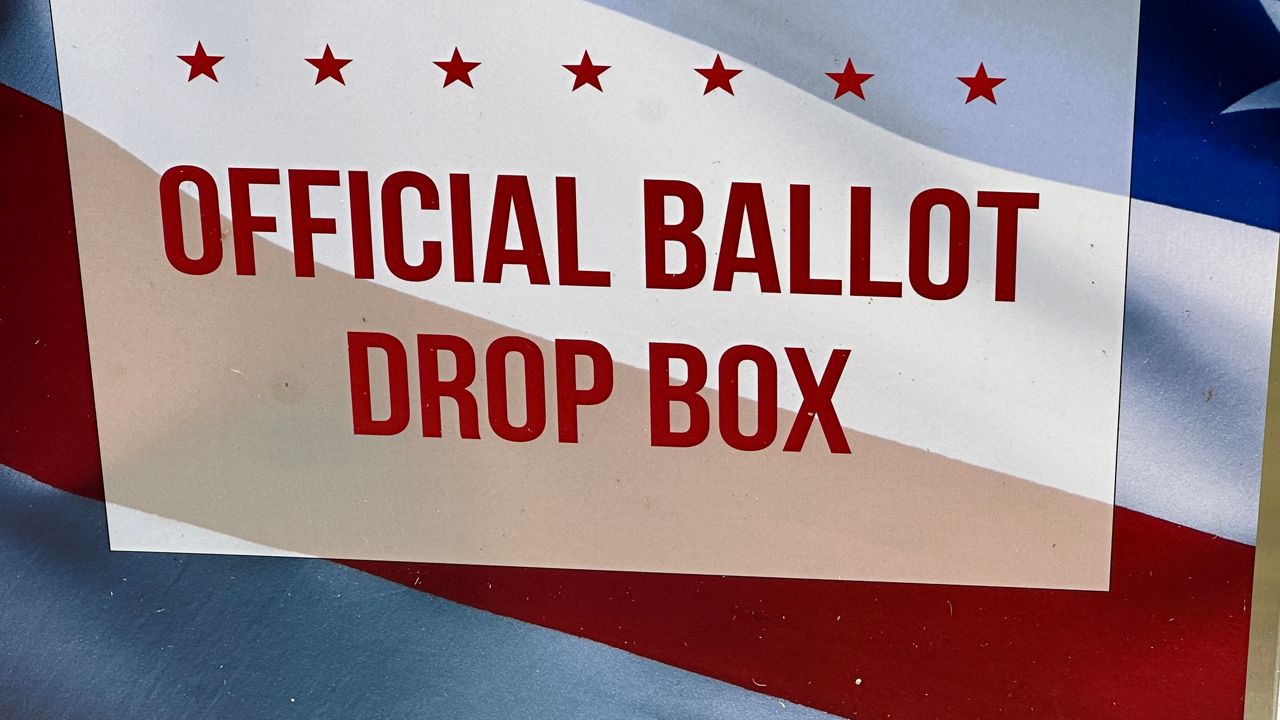Mainers will be asked to decide five ballot questions on Nov. 5, a mix of policy, borrowing and one apparently divisive attempt to change the state flag.
With in-person absentee voting set to begin in many places on Oct. 7, now is a good time to study up on the issues.
Unlike in other states, high-profile and highly contentious issues such as abortion are not on Maine’s ballots.
Hot topics in Maine — such as a proposed red flag law and a requirement to show a photo ID at the polls — are likely at least a year away.
So for now, we’ll decide these five questions:
QUESTION 1
This is a citizen initiative that seeks to limit to $5,000 contributions to political action committees that work independently to support or defeat candidates for office.
Cara Brown McCormick, spokeswoman for the Committee to End SuperPacs, said the idea is to eliminate the possibility that someone is giving money to a committee in the hope of getting something in return.
They set the limit at $5,000, believing that it would take more than that to influence decision making in Augusta.
“It’s really aimed at stopping a few people from having an outsized influence on our democracy here,” she said. “This is the people of Maine saying we’ve had enough. We’d like to do something about this. Listen to us.”
The group gathered more than 77,000 signatures to put the issue before lawmakers earlier this year. Five people testified in support of the measure and no one testified in opposition.
As a practical matter, if the ballot measure passes, it’s likely to be challenged in court.
“The initiative is designed as a test case,” she said. “We have a much broader goal to regulate PACs that operate unchecked.”
The initiative is backed by Harvard Law professor Lawrence Lessig and his group, Equal Citizens. The Maine-based PAC supporting the effort reports about $1 million in in-kind contributions and just over $2,200 in contributions, according to records on file with the Maine Ethics Commission.
QUESTION 2
This is the first of three borrowing requests, all of which were approved by a bipartisan supermajority of the state Legislature.
Question 2 is a $25 million bond to support research and development.
Funds are for several sectors, including life science, biomedical technology, forestry, aquaculture and marine technology. Awardees would be required to match the state funding dollar for dollar.
Supporters say Maine is falling behind other states when it comes to investing in technological advances. The Maine State Chamber of Commerce is backing the effort and says it will continue to work in the coming years to increase support for high tech jobs in Maine.
QUESTION 3
This is a $10 million bond to support rehabilitation of historic buildings.
Buildings across Maine that are owned by governments and nonprofit groups could get a boost if the bond passes.
Question 3 would set up a grant program to restore historic buildings if the groups get a 25% matching grant.
Maine Preservation, which releases a list of endangered historic properties each year, is backing the measure. They say properties in many parts of Maine, including Blue Hill and Sangerville, are just two of the many buildings that could benefit from grant funds.
QUESTION 4
This is a $30 million trails bond to pay for hiking, biking, snowmobile and ATV trails across the state.
The first-ever trails bond would help pay for design, development and maintenance of nonmotorized, motorized and multi-use trails. The money would be matched by at least $3 million in private and public contributions.
Supporters include the Natural Resources Council of Maine and Maine Snowmobile Association. Both groups say severe storms have damaged many trails that are often maintained by volunteer groups.
QUESTION 5
If you spend any time on social media, you’ve likely noticed a lot of debate about Question 5.
Should Maine change the state flag to a pine tree and star design, a throwback to the flag used from 1901 to 1909? Or should the state keep the farmer and sailor on a blue background, which features the state seal?
Following a contest with more than 400 submissions, a state panel chose a pine tree and star design by a Gardiner man that will compete against the traditional flag with the state seal.
The vote looks to be close, with recent polling showing a 40-40 split with the rest undecided.




